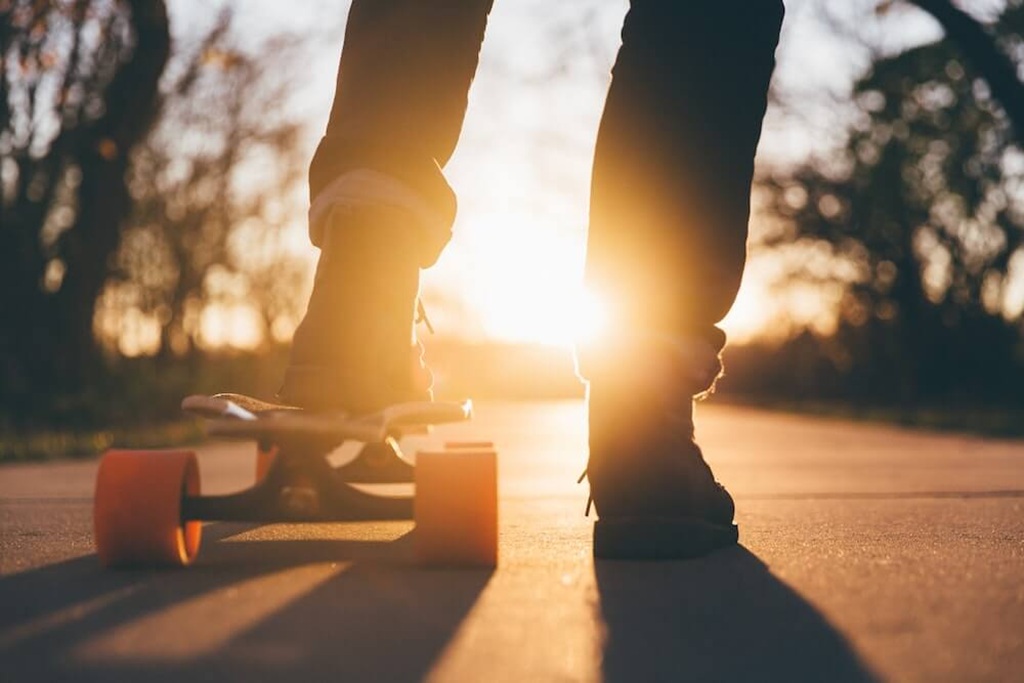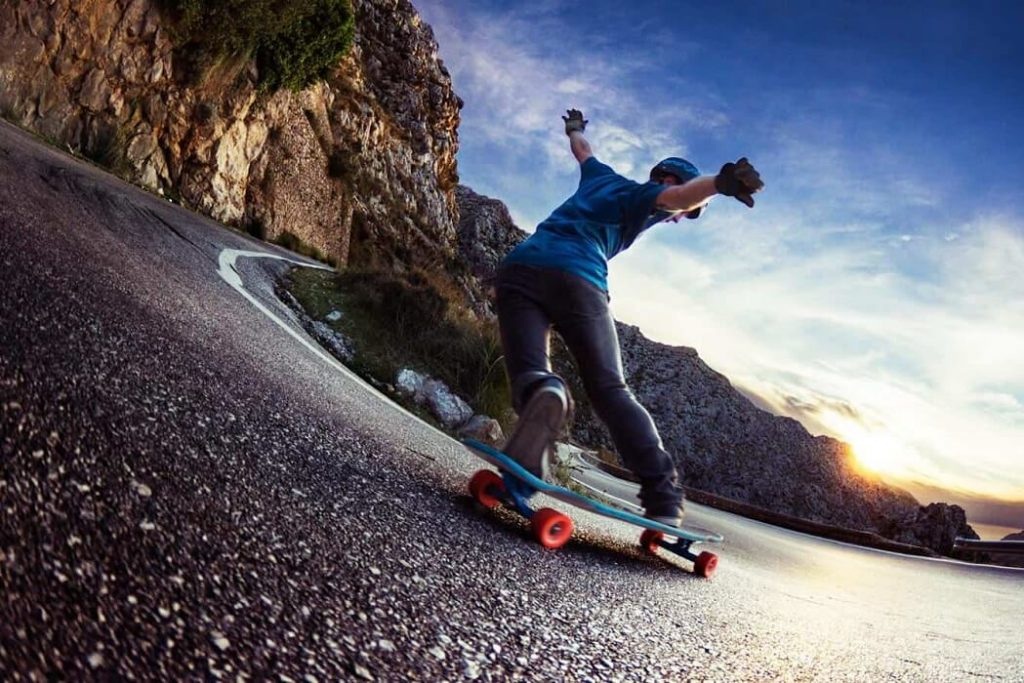
Skateboarding is an exciting sport that offers freedom, creativity, and adrenaline. However, one of the most crucial yet often overlooked skills is stopping safely. Whether you’re a beginner cruising down the street or an experienced skater attempting tricks, knowing how to stop effectively can prevent injuries and improve your control. In this guide, we’ll explore multiple stopping techniques, their effectiveness, and how to use them in different situations.
Thank you for reading this post, don't forget to subscribe!Before diving in, you might also want to check out how to do the boneless skateboard trick, a classic maneuver for skateboarders looking to level up their skills.
Why Learning to Stop on a Skateboard is Important
Stopping on a skateboard isn’t just about slowing down; it’s about maintaining control and ensuring safety. Many beginners focus on pushing, turning, and tricks but fail to practice stopping techniques, leading to dangerous falls. By mastering stopping methods, you can prevent crashes, navigate obstacles, and ride with confidence.
Common Reasons to Learn Stopping Techniques
- Avoiding Accidents: Proper stopping prevents collisions with pedestrians, cyclists, or vehicles.
- Enhancing Control: Knowing how to stop helps you ride more smoothly and confidently.
- Skating in Crowded Areas: When skating in parks or busy streets, quick stopping is essential.
- Performing Tricks Safely: Many tricks require controlled stopping to prevent wipeouts.
Essential Skateboard Stopping Techniques
Each stopping method has its own use case depending on speed, terrain, and skill level. Below, we explore the best techniques for beginners and advanced skaters.
-
Foot Brake (Best for Beginners)
How to Do It:
- Slowly drag your back foot on the ground while keeping your front foot on the skateboard.
- Apply light pressure at first and gradually increase it to slow down.
- Keep your balance by maintaining a low stance.
When to Use It:
- Ideal for beginners learning to stop.
- Best for flat and smooth surfaces.
- Useful when cruising at moderate speeds.
Pros & Cons:
- Easy to learn.
- Works at low to medium speeds.
- Can wear out your shoe soles over time.
- Not effective at very high speeds.
-
Tail Drag (Basic but Wears Down the Board)
How to Do It:
- Apply slight pressure on the tail of the skateboard.
- Let the tail scrape against the ground, creating friction.
- Keep your front foot stable to maintain balance.
When to Use It:
- Works well at low speeds.
- Suitable for quick stops in non-slippery areas.
Pros & Cons:
- Easy to execute.
- Quick way to stop.
- Damages the tail of your board over time.
- Not ideal for high speeds.
-
Power Slide (For Advanced Skaters)
How to Do It:
- Crouch slightly and turn your shoulders perpendicular to your direction.
- Push out your back foot to slide the wheels sideways, creating friction.
- Keep weight distributed evenly to control the slide.
When to Use It:
- Ideal for downhill skating or high-speed stops.
- Best suited for smooth pavement.
Pros & Cons:
- Very effective at high speeds.
- Looks stylish.
- Requires skill and practice.
- Can be difficult to master for beginners.
-
Jump Off and Run (Emergency Stop)
How to Do It:
- Step off the skateboard quickly and start running.
- Try to slow your momentum naturally.
- Catch your board if possible to avoid damage.
When to Use It:
- In emergencies where stopping isn’t possible.
- When approaching large obstacles at high speed.
Pros & Cons:
- Great in emergencies.
- Easy to perform.
- Can be dangerous if not executed properly.
- May lead to injuries if not prepared.
-
Carving (Gradual Speed Reduction)

How to Do It:
- Make wide S-shaped turns to gradually slow down.
- Use body weight to control turns.
- Keep a low stance for better stability.
When to Use It:
- When riding downhill.
- When you need a controlled slow-down instead of an abrupt stop.
Pros & Cons:
- Effective for downhill riding.
- Reduces speed gradually without jolts.
- Not ideal for immediate stops.
- Requires space to execute.
Related: 10 Best Surfaces for Learning Skateboard Flip Tricks
Tips for Stopping Safely
- Wear Proper Gear: Helmets, knee pads, and gloves can prevent injuries.
- Practice on Flat Terrain First: Master each stopping method before trying it on slopes.
- Keep a Low Center of Gravity: This improves balance and stability.
- Stay Aware of Your Surroundings: Always check for traffic and pedestrians.
- Use the Right Stopping Method for the Situation: Choose a technique that matches your speed and terrain.
FAQs
What is the easiest way to stop on a skateboard?
The foot brake is the easiest and most beginner-friendly way to stop. It requires dragging your back foot on the ground to create friction and slow down.
Can you stop on a skateboard without damaging it?
Yes! Techniques like foot braking and carving allow you to stop without damaging your board, unlike tail dragging.
How do you stop at high speeds?
Power slides and carving are the best options for high-speed stops. If necessary, jumping off and running is a last resort.
Is power sliding hard to learn?
Yes, power sliding requires practice, especially learning to control the slide without falling. Start on smooth surfaces with minimal speed.
Related: What Not to Do When Skateboarding: Avoid These Common Blunders!
What should I do if I can’t stop in time?
If you’re in an emergency, jumping off and running is the safest way to avoid crashes. Just ensure you land correctly to avoid injuries.
Conclusion
Learning how to stop on a skateboard is just as important as learning how to ride. Whether you’re a beginner or an experienced skater, mastering different stopping techniques will enhance your safety and control. Start with the foot brake, progress to more advanced methods like power slides, and always prioritize safety. With consistent practice, you’ll be able to stop smoothly and confidently in any situation.
